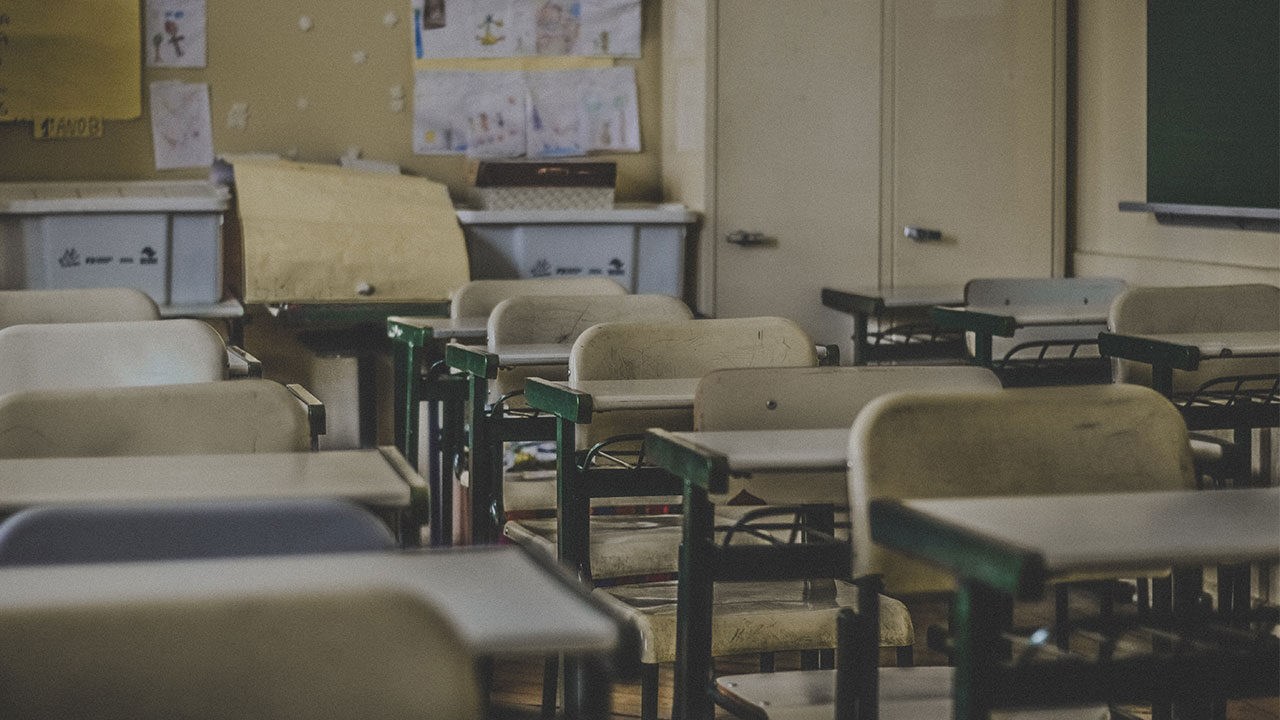
COVID-19 has wreaked havoc in the United States. As of this writing, the country has just over 9 million known infections and over 225,000 deaths. Black, nonwhite Hispanic/Latinx, and Native American communities have been hit particularly hard, with infections at almost three times the rate and deaths at two times the rate of White populations. The higher rate in deaths is explained by five key factors: 1) comorbidities; 2) essential workers who are not paid living wages, including workers who rely on tips and who are currently paid $2.13 per hour, who do not have the luxury of working from home, and who instead are constantly putting themselves and their families in harm’s way to assure the care and well-being of the rest of us; 3) disproportionate location in cities, where there are greater concentrations of people in tight spaces, more multi-generational families living in crowded conditions, and more people forced to ride crowded mass transportation systems to get to work; 4) workers with inadequate or no health care; and, 5) racism in health care, as exacerbated under COVID-19.
While some school districts were able to repurpose funds to purchase laptops and hot spots for their students, many were not. And for students in those districts, education simply stopped when the schools closed in March.
School children have been impacted negatively as well. In March, school districts across the country moved to remote learning. Remote learning requires a computer or laptop at home; it requires high-speed internet. It would also require, in most cases, parents who could take time from their day jobs to act as assistant teachers to the child trying to learn online. This was impossible for thousands of children in public schools around the nation.
Most public schools comprise Black and brown students and most of those children live below the poverty line. Many do not have computers or laptops or high-speed internet capability at home. Many attend schools in districts that were in dire financial straits pre COVID-19. Many of those districts did not have the infrastructure in place to make the transition from in-person learning to online learning. Public libraries, which many households relied on for computer use, were closed. While some school districts were able to repurpose funds to purchase laptops and hot spots for their students, many were not. And for students in those districts, education simply stopped when the schools closed in March.
The harm to students was not limited to academics. Some students also lost special school district services. Thousands of children who rely on breakfast and lunch provided by Title I funding to survive saw these meals discontinued. These students lost everything: academics, special-needs services, meals, friends, community, and even much-needed social- and child-protective services. Stress on parents and caretakers has skyrocketed.
As schools reopen this fall, some elected officials have promised that children will be required to social distance but pictures posted on social media show no such thing. Other politicians, like the governor of Missouri, admit that children will get COVID-19 but say they will “get over it.” President Trump, who has demanded that schools reopen, with Education Secretary Devos threatening to withhold crucially needed federal dollars for schools that do not open, has also suggested that children may be immune to COVID-19. May be? May be not. And what of the people those children will undoubtedly come into contact with: transportation workers, all school employees and administrators, food services workers, janitors, and family members?
Thousands of children who rely on breakfast and lunch provided by Title I funding to survive saw these meals discontinued. These students lost everything: academics, special need services, meals, friends, community, and even much needed social and child protective services.
The education of underprivileged children in under-resourced schools suffered greatly before COVID-19. For those students, particularly for those who have not had any academic learning since March, going back to school in the fall will be a monumental challenge. Additionally, and more crucially, more and more schools are preparing for online learning. What will this mean for students who still do not have access to computers or internet at home? What will this mean for school districts that still cannot afford to provide such access? What will this mean for parents and guardians who still have to work outside the home? And who will be home with the children?
As much as I want to remain hopeful in the face of hopelessness, the road ahead will be incredibly rocky indeed. And yet, while the need to keep hope alive remains, it will take more than hope to make sure that these students are not left even further behind. Well-endowed educational institutions and profitable private sector businesses can and should step up to provide the necessary funding and resources to help these students navigate their way through the myriad challenges posed by this pandemic. This may be the only way to keep hope alive.
Editor’s Note: An edited version of this essay appeared in the November 2020 issue of Washington University magazine under the headline “How COVID-19 Negatively Impacts Underprivileged Children in Under-Resourced Schools.”
